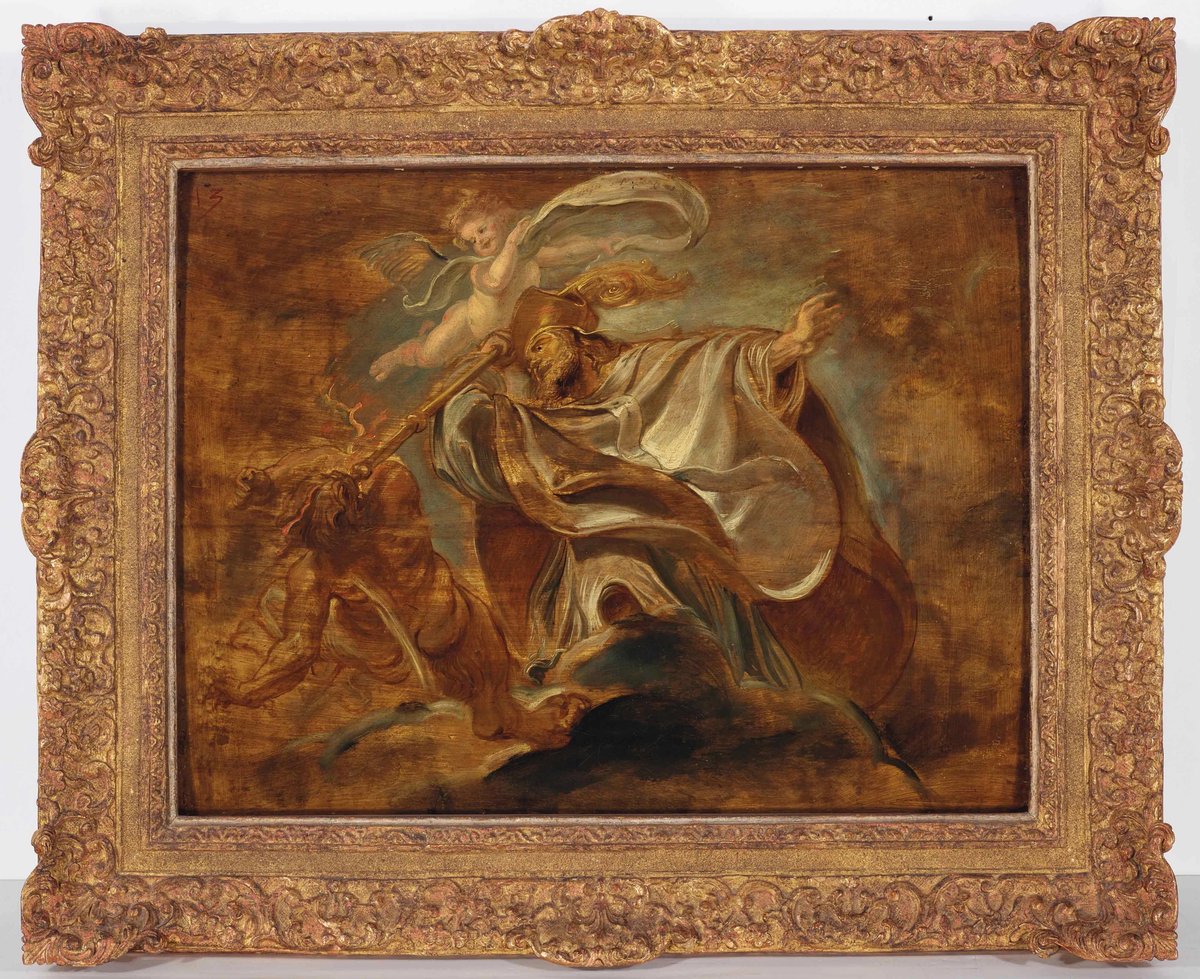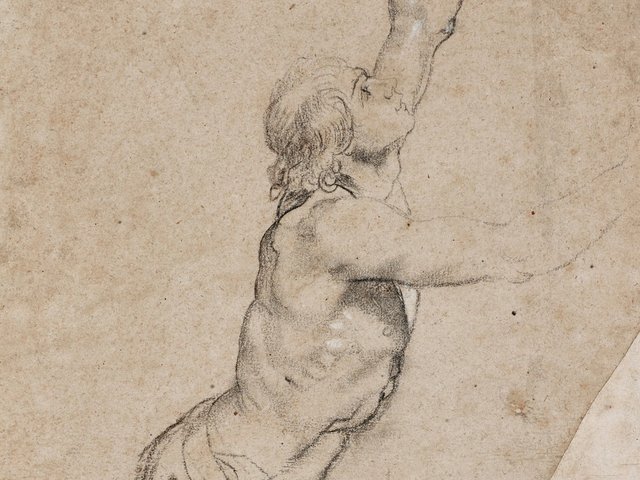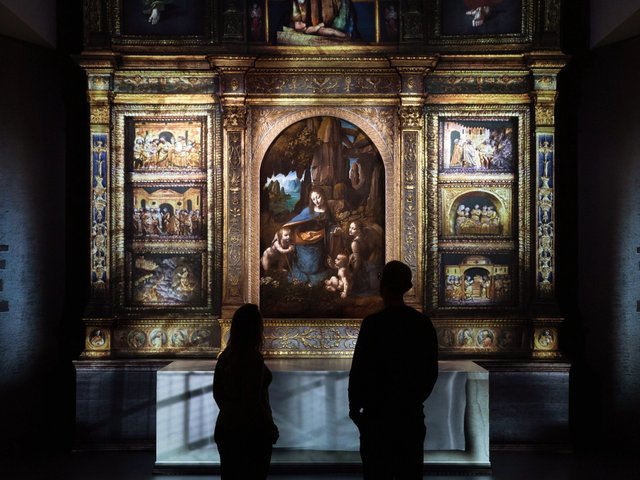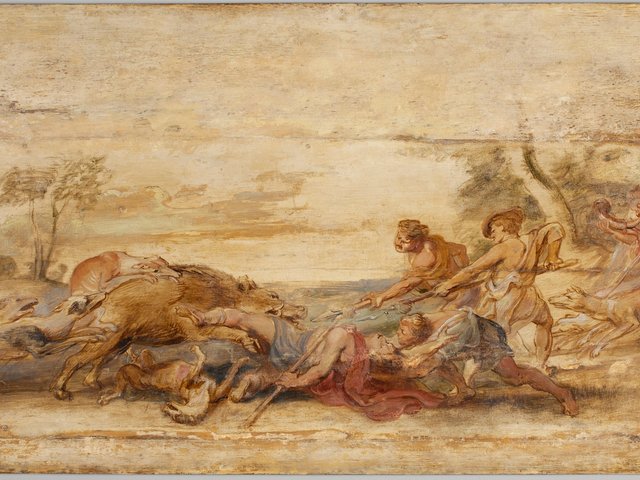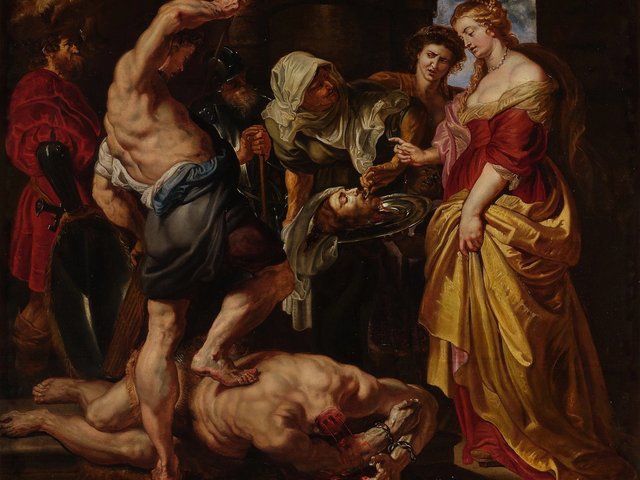A rare work by Peter Paul Rubens has been restituted to the Friedenstein Foundation in Gotha, in the German state of Thüringen. The oil sketch Saint Gregory of Nazianzus (1621) was illegally sold, along with other treasures from the foundation’s collection, in the aftermath of the Second World War. It will soon be on permanent display at the Ducal Museum, part of the Friedenstein palace complex.
Friedenstein’s collection once boasted a total of five sketches by Rubens from the same series. With the return of Saint Gregory of Nazianzus, two remain missing: The Prophet Elijah on the Golden Chariot and Saint Augustine. These as well as Saint Gregory have been listed on the Lost Art Database since 2001.
Saint Gregory of Nazianzus is one of several oil sketches Rubens created in preparation for a commission to decorate the Jesuit Church of St Charles Borromeo in Antwerp, a masterpiece of sacral Baroque architecture. It marked a key milestone in Rubens’s career as the first major commission for a public building. The final paintings, which depicted biblical scenes, female saints and “fathers” of the church, adorned the church’s ceilings, and were completed by members of Rubens’s atelier.
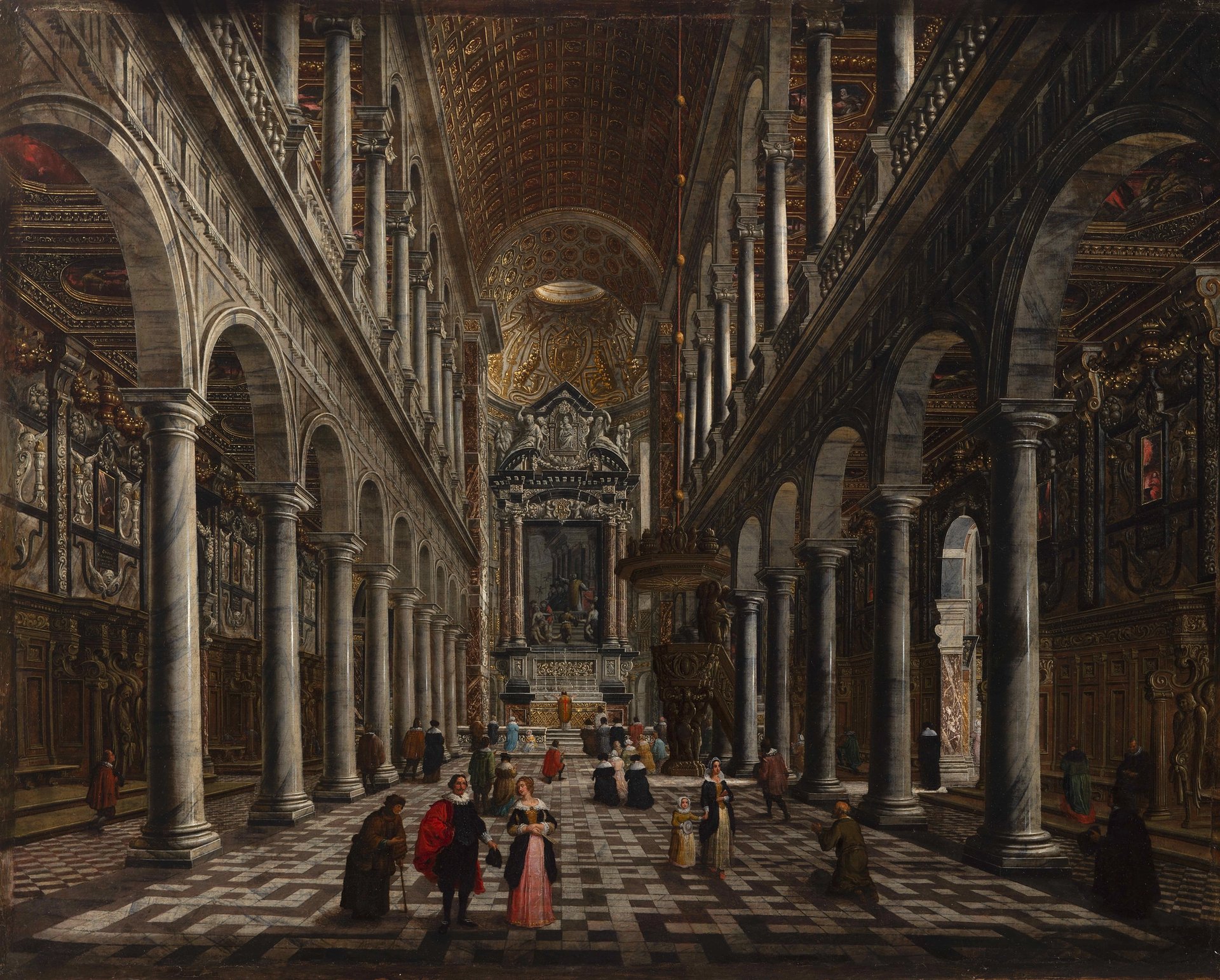
Antoon Gheringh, Interior of Antwerp’s Jesuit Church (around 1665)
Antwerp, the Phoebus Foundation
There are 22 surviving Rubens studies, but the 39 paintings were destroyed when lightning struck the church on 18 July 1718, setting fire to its roof.
The five Rubens sketches once owned by the Friedenstein Foundation were acquired by Duke Ernest II of Saxe-Gotha-Altenburg in 1802, from the art dealer François Xavier de Burtin of Brussels. Where De Burtin had sourced the works is unclear.
In around 1918, Friedenstein Palace became a public museum, and the ownership of its collection and property was transferred to a foundation. Issues arose however from March 1945, when Saint Gregory and the other four studies were removed from the Friedenstein’s Ducal Museum and transferred to an unknown location in the town of Coburg—the argument being that they should be stored out of the Soviet army’s reach.
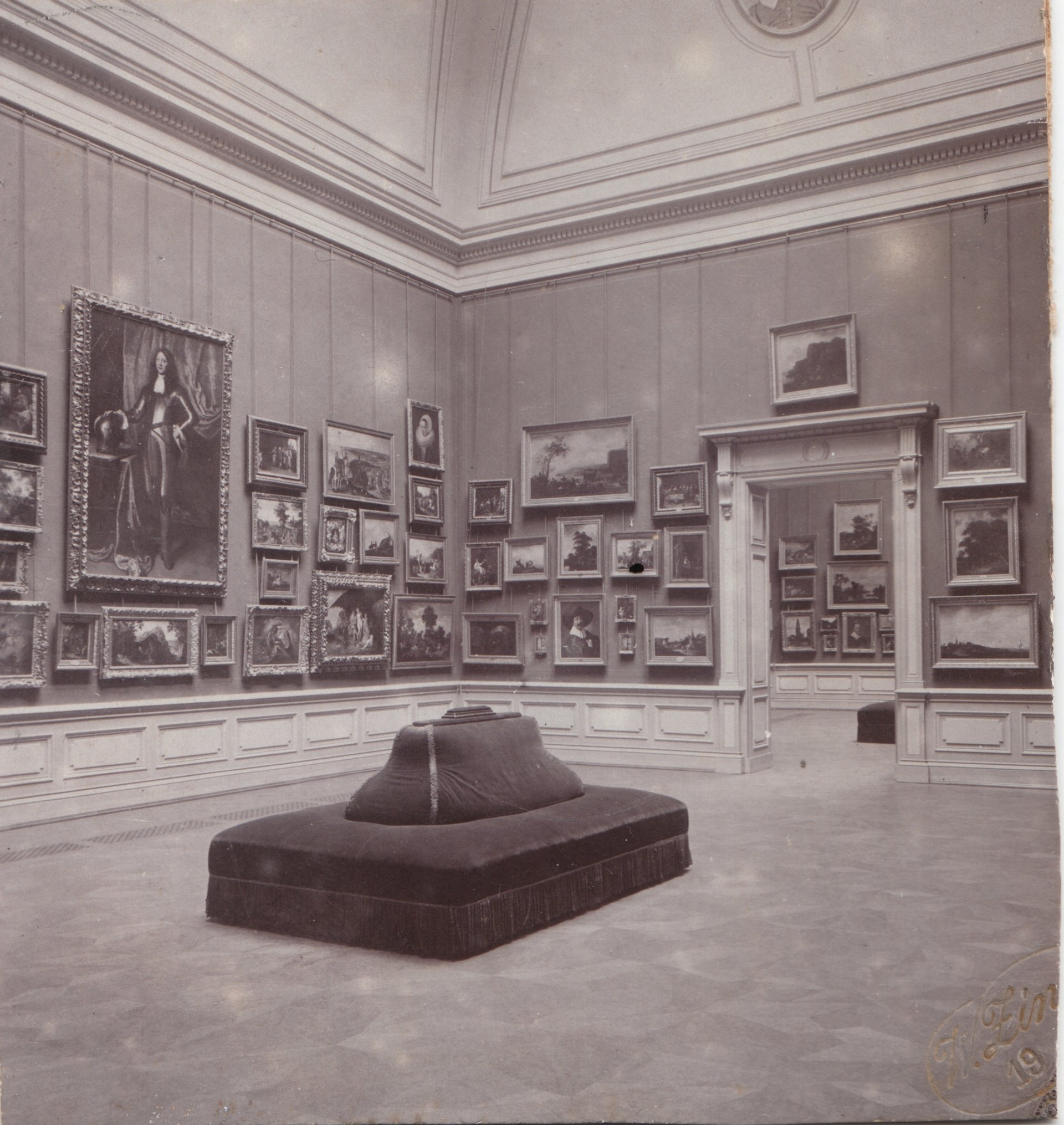
A view of the Ducal Museum before 1945
© Friedenstein Foundation, Gotha
Shortly after the war, it is understood that members of the Saxe-Coburg-Gotha family removed works from the museum complex, and from the storage location in Coburg, and illegally sold them. In 1952 the Rubens sketch of Saint Gregory is recorded as being sold by the New York gallery E. & A. Silberman to the Albright Art Gallery, the predecessor of the Albright-Knox Art Gallery in Buffalo, New York, which later became the Buffalo AKG Art Museum.
The sketch returns to Gotha following a years-long process of international cooperation between Buffalo AKG Art Museum, the Friedenstein Foundation in Gotha, Christie’s and the Ernst von Siemens Kunststiftung (EvSK). EvSK provided funds for the purchase as well as working to establish the legal groundwork for proving the sale was unlawful. Then, in 2020, the Buffalo AKG Art Museum contacted the auction house to organise the sale.
“Christie’s had already returned a work of Gotha provenance in 2006, and so there is a sensitivity in our house for the collection’s history,” says Dirk Boll, Christie’s deputy chairman of 20th and 21st century art, in a statement shared with The Art Newspaper. “Through our exercise of due diligence and our understanding that art market systems share in the regulatory responsibility, we were pleased to assist the museum in the United States in their decision not to offer the work on the open market and rather to directly sell it to Gotha.”
The Friedenstein Foundation agreed to purchase the work as part of an amicable agreement, recognising that the Buffalo AKG Art Museum had acquired the work in good faith in 1952, when the true details of ownership had not been publicly known. The Friedenstein Foundation declined to confirm the price it paid to purchase the work, but it is understood to be a low seven-digit figure.
“Friedenstein Stiftung Gotha aims to restore the historical integrity of the collection, especially with regard to this highlight, the set of five sketches by Rubens,” the foundation’s director, Tobias Pfeifer-Helke, tells The Art Newspaper.
Martin Hoernes, the secretary general of EvSK, adds: “Friedenstein, with its major collections, has suffered more than most German arts institutions from embezzlement, war-time loss and relocations to Russia. The EvSK has, for many years now, been a dependable partner in the restitution of outstanding art and in the course of this work it has invested in a legal analysis of the various circumstances of loss and their documentation.”
He adds that thanks to the work to establish the legal framework for the Friedenberg restitution, the foundation has now been laid for future restitutions to take place.
“The recovery of the Rubens sketch is doubtless a prelude to further significant restitutions for which, depending on the history of the loss, no market price is paid and fair compensation is sought between the parties instead,” Hoernes says. “Warm thanks to all those involved for prioritising the historical evolution of the collection in Gotha over commercial gain.”


